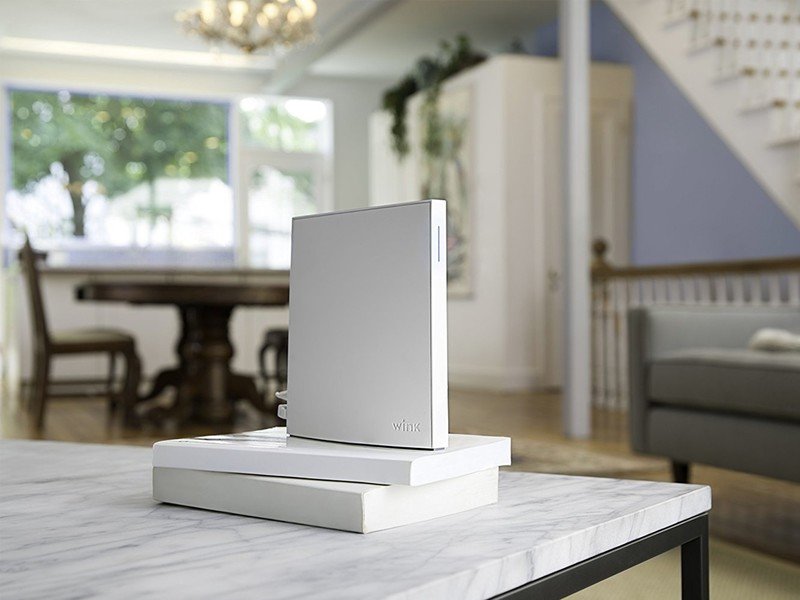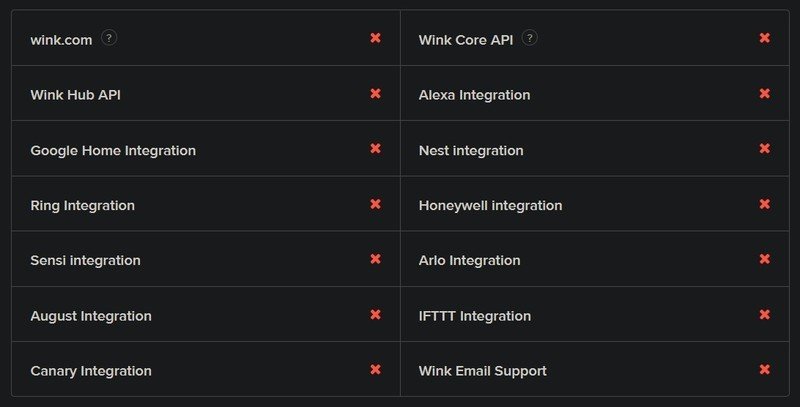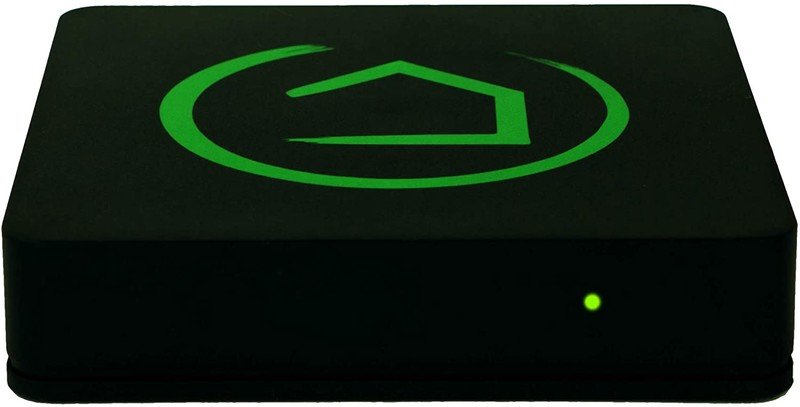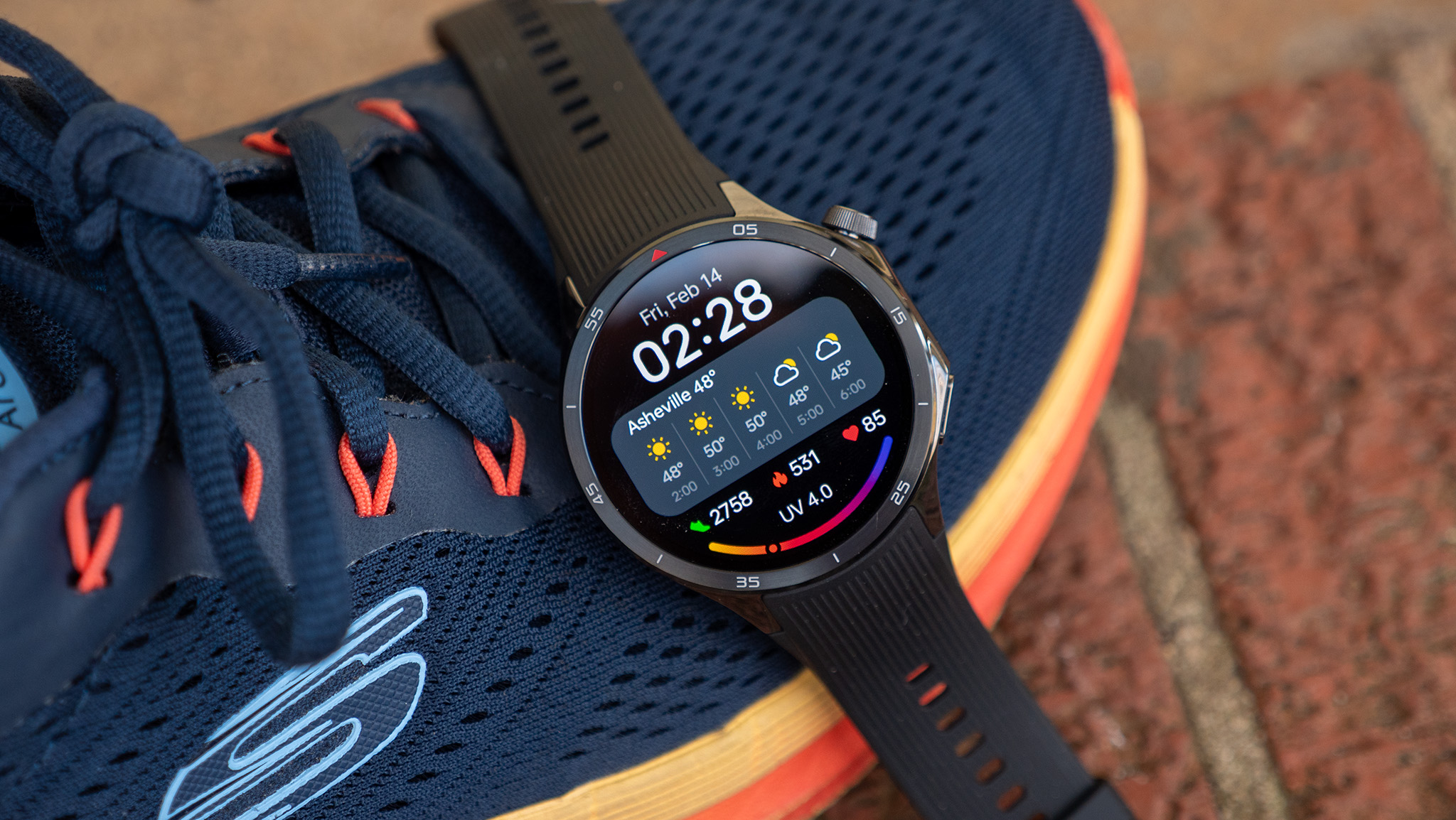Wink's 10-day outage proves that it's time to abandon ship

It's hard to avoid the nautical theme when thinking of the failure of something huge. After all, the Titanic was lauded as the greatest ship of its time only to fall because of an overlooked obstacle. Whether it was due to hubris or human error, the ship sank just the same. So, too, has Wink truly begun to show signs of sinking after a 10-day outage that left virtually every Wink hub useless.
Cloud services aren't free, and they're not necessarily easy to keep up, either. Wink has clearly learned this the hard way, and so too have its customers. You deserve better. Wink's dependence on its failing cloud infrastructure has left users out in the cold one too many times, especially since it began charging for its services last summer after promising never to charge for Wink after the initial purchase — a promise that was foolishly made in the first place.
Last May, I defended Wink's decision to move to a subscription-based service. While it was lousy of them to promise a free service and then renege on that promise, the reality is that cloud services are not free and neither are development costs. If you want a good quality service that sees regular updates and integrations with new products, you have to pay someone to do that work. Wink did this very well for a long time, but that quality has been regularly slipping over the past year.
A lost rudder

What we've been seeing over the past year is a company that has clearly lost its rudder. Like any ship in the same condition, it can continue to sail forward but has lost its ability to steer. Wink already survived a rebranding and being sold twice. After its last acquisition in 2017, we've heard reports of employees not being paid for weeks on end and the company being unable to sell its products because of supply issues, likely resulting in a fair amount of turnover. Then its new subscription payment model arrived, only for the issues to grow even worse.
The talent that used to run Wink has almost assuredly left a long time ago, resulting in what we're seeing now. What is Wink's goal these days? Just keeping the lights on? Doing their best to pay the staff? It certainly doesn't seem like the focus has been on the end-user lately, and no published goal for the company's path forward regarding new integrations, features, or even hardware products.
The Wink blog has been updated with an apology and a note about a 25% discount on this month's subscription costs, as well as yet another promise of another big outage never happening again, but what about the future? Wink isn't a new company. Its services aren't new, the platform isn't new, and neither is the Wink Hub in your home. So why are we still talking about service reliability this many years later? The conversation should be on new and exciting things to keep people paying for your service — not repeating history.
That's not just a service outage, that's an entire company outage
This isn't the first time Wink has had service problems, either. Failure to renew a security certificate — an issue that caused Wink services to go down for a weekend in September 2020 — is a human error and understandable, even if it's disappointing. People make mistakes and we move on, hopefully learning from those mistakes and improving so that they don't happen again. But what happened in the past 10 days goes beyond normal services issues or human error. What we've seen on the Wink status page should tell you everything.
Get the latest news from Android Central, your trusted companion in the world of Android

That's not just a service outage, that's an entire company outage. Integration outages with other services are one thing — heck, even having the website go down because of related server issues is feasible — but email support also going down and being unusable for well over a week? That's a much, much larger problem that shouldn't be overlooked by anyone, especially customers who are still relying on Wink's services to be around in order to control their smart homes.
That's not a window, it's a hole

The state of the Wink blog paints a pretty clear picture of the past 18-months. August 2019 was the last time Wink posted on its blog about new integrations with smart home devices. Beyond that, most of the posts are related to financial issues, including Wink Subscription and the loss of connectivity with Chamberlain MyQ products.
I'm a glass-half-full kind of guy. When I saw Wink moving to a subscription service, I saw an opportunity for the company to return to its former greatness. After all, the issues all appeared to stem from financial problems that would surely be fixed by a regular and consistent income provided by subscriptions. Unfortunately, the reality of the matter is that Wink is going nowhere fast, and is likely in a sinking state.
Unfortunately, the reality of the matter is that Wink is going nowhere fast, and is likely in a sinking state.
So what do you do if you're a current Wink user? That's not a particularly clear-cut answer. There is no defacto one-to-one Wink replacement on the market, but there are several similar products that will probably have you covered. The 2018 Samsung SmartThings Hub is the closest match you're going to find in terms of functionality and interconnectivity. Samsung's app has significantly improved over the years and now even has tie-ins with Google Nest devices.
Power users will want to check out Hubitat Elevation, which is the most logical leap if you're looking for an upgrade rather than a simple functionality swap-out. Home Assistant is the ultimate way to completely trick-out your smart home, but it requires a fair bit of technical know-how to get started and really isn't the most user-friendly thing to figure out.
Either way you go, it's pretty clear what you need to do: get off the Wink ship before your smart home sinks with it
Otherwise, cloud-based services like Google Assistant or Amazon Alexa will likely fill in enough of the gaps for users that are mainly using Wi-Fi-connected devices instead of ones reliant on local wireless tech like Zigbee or Z-Wave. Either way you go, it's pretty clear what you need to do: get off the Wink ship before your smart home sinks with it.


